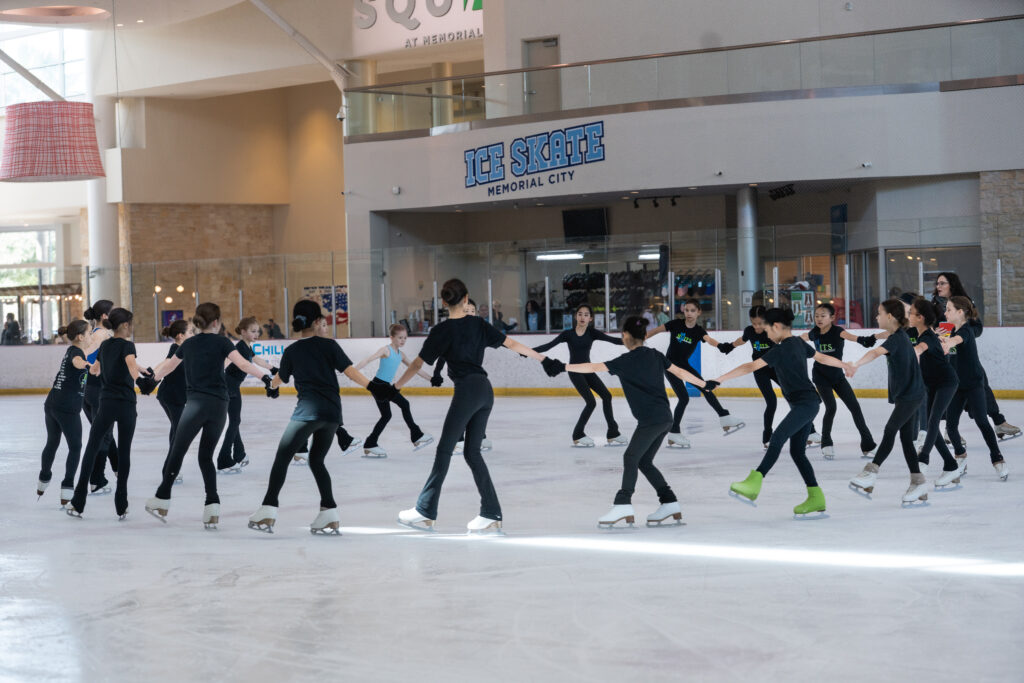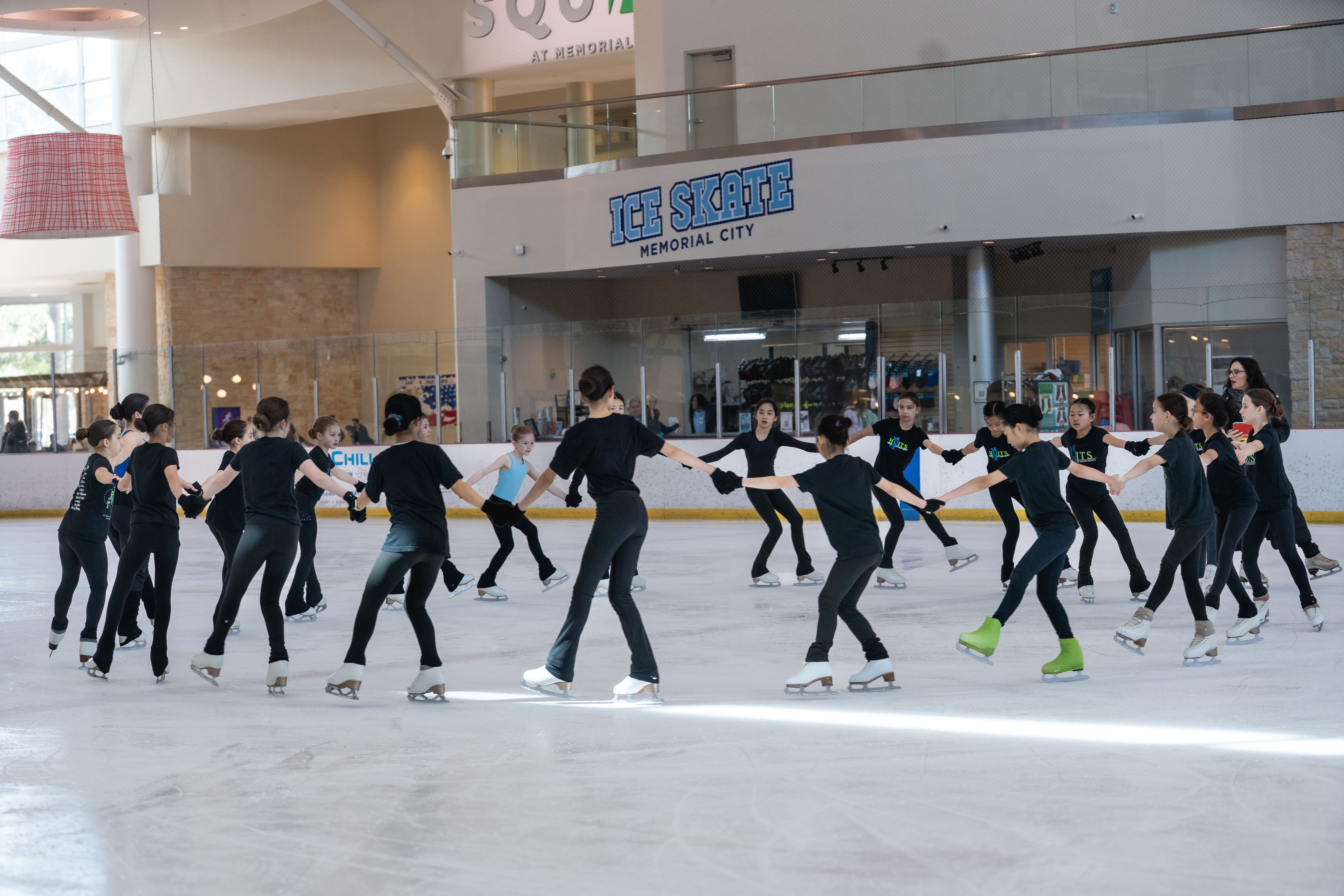By Ali Yenchick
Ice sports like hockey and figure skating offer incredible benefits, from physical fitness to teamwork and personal discipline. But with the exhilaration, unfortunately, comes a hefty price tag. Did you know that youth ice hockey costs families an average of $2,583 annually, with some competitive programs reaching up to $10,000? Equipment alone can set parents back $389, and travel expenses often exceed $800. These costs make ice sports one of the most expensive youth activities, creating significant barriers for many families.
But some facilities are breaking the mold. Forward-thinking facility management recognizes that community engagement and long-term growth depend on making these activities more accessible, and that affordability and accessibility can go hand in hand. Here’s how three standout rinks are making a difference:
Ice in Paradise: A Model for Youth Hockey
Located in Goleta, California, Ice in Paradise serves as an excellent example of how to build a thriving youth hockey program through affordability. Its “Young NORQS” offers an eight-week introduction to hockey for just $80.
More importantly, Ice in Paradise addresses another major expense: equipment costs. Through its Gear Exchange program, the facility allows families to acquire gently used gear at a fraction of the cost of new items. This initiative not only makes the sport more accessible but also promotes a sense of community as families pass down equipment to new players.
By tackling both registration fees and equipment costs, Ice in Paradise can welcome more kids to the ice, while creating a tighter-knit, more connected community.
Wichita Ice Center: Fostering Growth in the Heartland
Following a similar and effective model, the Wichita Ice Center in Kansas has also focused on creating an accessible entry point for aspiring young hockey players. Their youth hockey program is structured to provide a low-cost, low-commitment opportunity for children to try the sport and develop a passion for it.
By keeping initial program costs down, the Wichita Ice Center encourages broader participation from across the community. This approach helps build a strong foundation
for their hockey programs, from learn-to-play initiatives to more competitive leagues. The success of this model demonstrates that affordability is a key driver in growing local sports programs. When facilities prioritize access, they not only fill their rinks but also contribute positively to the health and well-being of their communities. This strategy ensures a steady pipeline of players who may become lifelong participants in ice sports.
McCormick Tribune Ice Rink: Free Skating through Foundation Support
In the heart of Chicago, the McCormick Tribune Ice Rink in Millennium Park offers a different but equally impactful approach to accessibility. Thanks to the Millennium Park Foundation, the rink provides free “Learn to Skate” classes to the public. This initiative removes the cost barrier entirely, making the joy of ice skating available to everyone, regardless of their financial situation.
It’s a game-changer, especially in urban areas, where it opens the door for a diverse group of people to experience ice sports. These free lessons don’t just teach a skill—they create lasting memories and spark a love for the sport and the facility. It’s proof that with a little creativity in funding, you can make a huge impact on the community.
Why an Accessible Rink Matters
Making ice sports affordable isn’t just good for families—it’s a strategic win for facilities. By reducing financial barriers, rinks can cultivate lifelong participants, build community goodwill, and ensure the long-term health of the sport.
These examples show that with creativity and commitment, ice sports can be accessible to everyone. Let’s keep the momentum going—because every child deserves a chance to glide across the ice.



